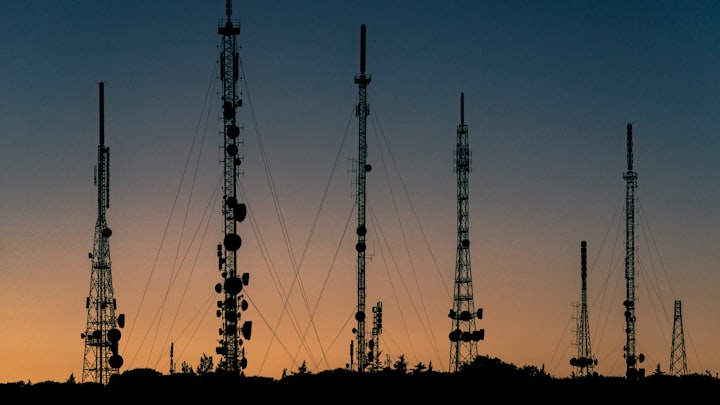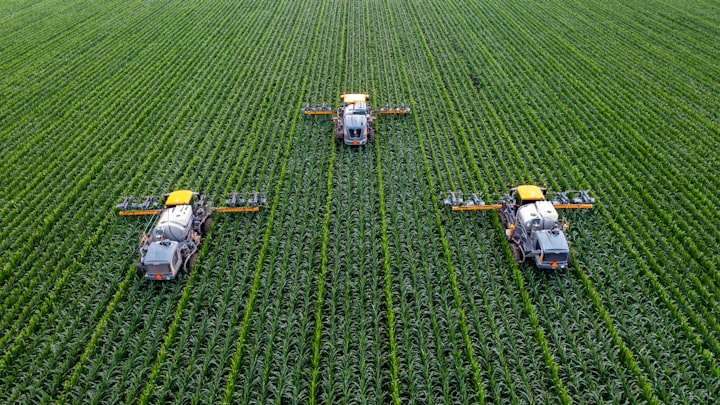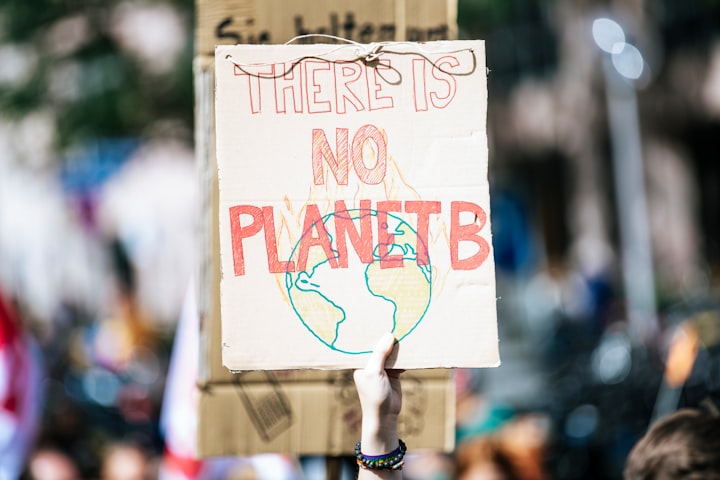Measuring Energy Consumption for CDP Reporting: Navigating Scope 1, 2, and 3 Emissions
Explore the nuances of Scope 1, 2, and 3 emissions in CDP reporting. Dive into the distinction between green and renewable energy, and discover strategies for engaging suppliers for a sustainable future.

The global push towards sustainability has placed a spotlight on corporate energy consumption and its associated carbon emissions. The Carbon Disclosure Project (CDP) offers a platform for companies to disclose their environmental impact, with a particular focus on energy. To effectively report to CDP, companies must understand the nuances of Scope 1, 2, and 3 emissions. This guide delves into these scopes, emphasizing the importance of accurate energy measurement and reporting.
Understanding the Scopes:
- Scope 1 (Direct Emissions): Emissions from sources owned or controlled by the company, such as fuel combustion in company vehicles, furnaces, or boilers.
- Scope 2 (Indirect Emissions): Emissions from the generation of purchased electricity, steam, heating, or cooling consumed by the company.
- Scope 3 (Other Indirect Emissions): Emissions that occur outside of the company's direct operations but are a result of its activities, including emissions from suppliers, business travel, and product use.
Green Energy vs. Renewable Energy:
- Green Energy: Energy sources that are environmentally friendly, encompassing both renewable sources and certain non-renewable sources, like nuclear energy, with minimal environmental impact.
- Renewable Energy: Energy derived from natural processes that regenerate faster than they're consumed, such as wind or solar power.
For CDP reporting, distinguishing between these two is crucial for transparency and accuracy.
Steps to Measure Energy Consumption for CDP Reporting:
- Data Collection: Gather data on all energy sources, ensuring you categorize them under the appropriate scope.
- Categorize Energy Sources: Classify energy sources as renewable, non-renewable, or green, and allocate them to Scope 1, 2, or 3 as appropriate.
- Convert to Common Units: Standardize all energy data to common units like gigajoules (GJ) or terajoules (TJ).
- Calculate Total Consumption: Aggregate the data to determine total energy consumption, breaking it down by scope and energy source.
- Set Targets: Based on the data, set targets for increasing renewable or green energy consumption and reducing emissions across all scopes.
Engaging Suppliers on Scope 3 Emissions:
- Data Collection from Suppliers: Actively gather specific data on energy consumption, sources of energy, and associated emissions from suppliers. This data collection is crucial for accurate Scope 3 reporting. Note: For companies using a spend-based approach, detailed energy data from individual suppliers may not be necessary, but understanding the overall emissions intensity of purchased goods and services is still essential.
- Supplier Audits: Conduct comprehensive audits to assess suppliers' energy-related practices and processes. This includes on-site visits, interviews, and a review of the data provided, especially focusing on the supplier's CDP Climate disclosure.
- Educate Suppliers: Ensure suppliers are aware of the importance of accurate energy reporting and the difference between green and renewable energy.
- Collaboration & Innovation: Engage suppliers under a "Partners with Purpose" and "Supplier Collaboration & Innovation" program. These initiatives promote alignment in sustainability goals and foster innovation.
Decoding CDP's Climate Questionnaire: A Deep Dive into Energy Reporting
For those diving into the intricacies of the CDP Climate Change Questionnaire, understanding the sections that pertain to energy reporting is crucial. Whether you're a disclosing company or a supplier, this guide will help you navigate the maze of CDP's energy-related sections.
1. C6 Emissions Data:
Your energy consumption directly influences your emissions data. Here, you'll capture the actual emissions, which are determined by the type and efficiency of the energy you use.
2. C7 Emissions Breakdown:
Get granular with your emissions. This section offers insights into specific energy consumption sources and their respective emissions.
3. C8 Energy:
The heart of energy reporting. Delve into the types of energy you consume, their sources, and the associated emissions. Understand your company's energy strategy and actions.
4. C9 Additional Metrics:
While not exclusively about energy, this section might house metrics that add context to your energy consumption and its broader impact.
5. C12 Engagement:
How do you engage with stakeholders on climate matters? This section sheds light on your efforts to influence suppliers towards sustainable energy practices.
For Suppliers - SC Supply Chain:
A pivotal section for understanding the company's approach to its supply chain's climate-related risks and opportunities. Learn how companies engage with suppliers on energy consumption, emissions, and the sustainability expectations set for them.
Navigating the CDP Climate Change Questionnaire can be daunting, but with a clear understanding of the sections related to energy, you're well-equipped to disclose accurately and drive impactful sustainability initiatives.
Real-World Initiatives Driving Supplier Engagement:
- Coca-Cola Europacific Partners (CCEP) Supply Chain Finance Program: CCEP has implemented a supply chain finance program that rewards suppliers for their sustainability efforts. Suppliers that set SBTi goals, disclose through CDP, or transition to renewable energy benefit from this program.
- Energize Case Study: The Energize program in the pharmaceutical sector showcases the power of industry collaboration in advancing renewable energy.

Conclusion:
Understanding and accurately reporting Scope 1, 2, and 3 emissions is pivotal for companies aiming to meet sustainability targets and disclose to platforms like CDP. By grasping the intricacies of energy sources and engaging suppliers, companies can drive impactful change towards a greener future.




Comments ()